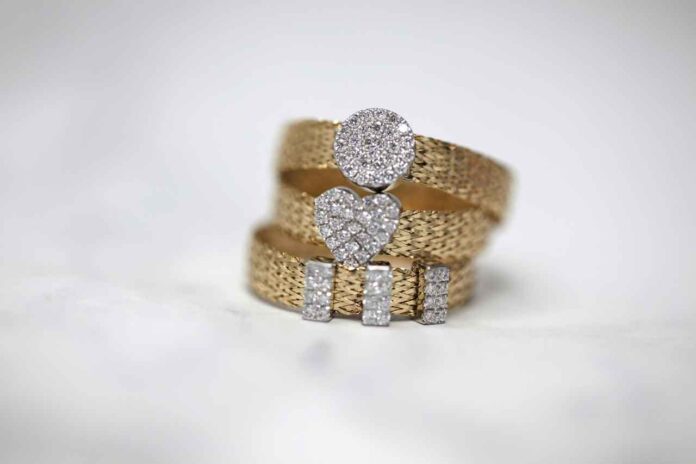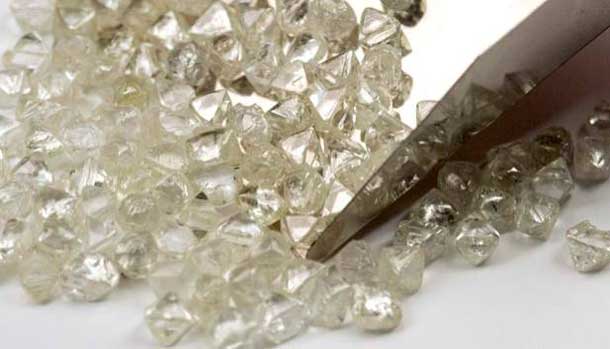The dazzling diamond ring on your finger has a story that begins long before it is purchased from a jewelry store. This narrative is about more than just craftsmanship, beauty, intersecting lives, and the ecosystems they influence.
The jewelry industry is experiencing a makeover to ensure that each piece reflects personal flair and social responsibility, as consumers desire greater transparency in their purchases.
What is Ethical Sourcing in Jewelry?
Ethical sourcing guarantees responsible procurement of goods, therefore honoring people and the earth. Fair labor policies, safe working conditions, and environmental protection from the mine to the market should thus be given priority.
Customers today want to know that their jewelry’s path shows integrity; hence, openness is necessary. While accurate, ethical sourcing covers more – ensuring sustainable methods, fair salaries, and forbidding exploitative labor – certification programs like the Kimberley Process help guarantee conflict-free diamonds. Brands satisfy the demands of a socially concerned market by pledging ethical sourcing, therefore fostering trust using responsibility at all levels.
Consumer Demand and the Rise of Ethical Jewelry
Consumers want transparency, and because of that, they choose brands that uphold ethical practices and environmental responsibility. This demand is driving the rise of ethical jewelry, pushing more companies to prioritize conflict-free gems, recycled metals, and fair-trade practices.
Brands like GOODSTONE meet this demand by offering eco-friendly options for custom engagement rings, allowing consumers to make a responsible choice without compromising quality or style.
By choosing ethically sourced jewelry, consumers enjoy peace of mind and encourage industry-wide shifts toward responsible production. Ethical sourcing has thus become more than a choice; it reflects shared values between brands and their customers.
The Hidden Cost of Traditional Jewelry
Traditional jewelry production often leaves scars that aren’t visible in the final piece. Gold mining can contaminate water sources with mercury and cyanide, while diamond mining has historically led to deforestation and habitat destruction in some of Earth’s most vulnerable ecosystems.
On the social side, unethical sourcing can lead to exploitative labor practices, including child labor, low wages, and unsafe working conditions. Despite progress from initiatives like the Kimberley Process, concerns about fair wages and safe conditions remain.
Organizations like the Diamond Development Initiative aim to address these gaps, promoting fair treatment and economic support for mining communities.
Certification Programs Ensuring Ethical Sourcing
Certifications are essential in verifying that jewelry materials meet ethical standards. The Kimberley Process, one of the earliest initiatives, certifies diamonds as conflict-free, aiming to eliminate blood diamonds from the market.
However, the scope of ethical sourcing has since expanded beyond just conflict-free assurances.
Today, programs like Fairtrade and Fairmined focus on supporting small-scale mining communities by ensuring fair pay and sustainable practices. The Responsible Jewellery Council (RJC) takes it further by providing comprehensive guidelines covering human rights, labor standards, and environmental practices.
These certifications act as a baseline for brands committed to transparency and help consumers make informed choices in their jewelry purchases.
How Ethical Sourcing Empowers Communities and Economies
Ethical sourcing in jewelry isn’t only about sustainability – it’s also a force for economic fairness. By following fair trade practices, jewelry brands ensure that miners and artisans receive fair pay and work in safe conditions.
This financial support extends beyond wages; it helps fund community infrastructure, healthcare, and education in regions where precious metals and gems are mined.
For instance, organizations like the Diamond Development Initiative provide resources and fair treatment to artisanal miners, creating economic stability and improving livelihoods. Ethical sourcing allows consumers to contribute to these communities, knowing their purchase directly impacts people’s lives.
Challenges and Barriers to Ethical Sourcing
Ethical sourcing comes with its own set of challenges. Adopting sustainable practices can mean higher operational costs and complex supply chain management for many brands. Verifying each step in sourcing is demanding, especially in regions with limited oversight, making it difficult for companies to ensure complete transparency.
Additionally, ethical jewelers often need more competition from lower-priced, non-ethical alternatives. Despite these hurdles, dedicated brands prioritize responsible sourcing, knowing that today’s consumers value ethics as much as aesthetics. These challenges highlight the ongoing work needed to make ethical jewelry accessible and affordable.





